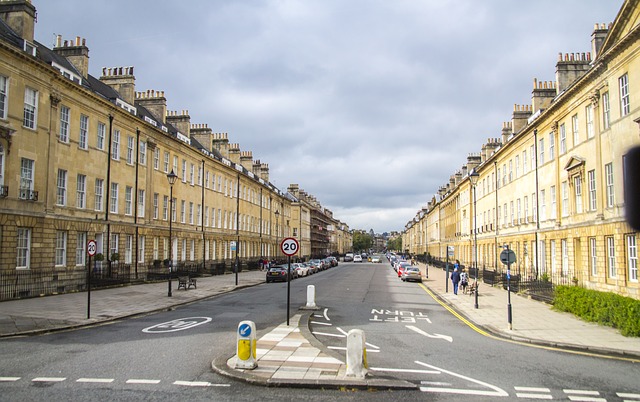Georgian
The Georgian period is generally considered to run from 1714 to 1830 or 1837, and relates predominantly to the Hanoverian kings George I to George IV.
It overlaps with:
- The Regency period (1811 - 1820) during the period of George III’s mental illness.
- The Palladian period (1715 - 1770) inspired by the designs of the Venetian architect Andrea Palladio and his 1570 book, I Quattro Libri dell'Architettura (Four Books of Architecture). For more information see Palladian.
The period from 1830 to 1837 during the reign of King William is sometimes referred to as late Georgian.
For more information see: English architectural stylistic periods.
The Georgian period included the industrial revolution (1760 – 1840) and saw the development of modern industrial, architectural and civil engineering processes. Its range spanned from the development of The Iron Bridge (1781) to the work of Capability Brown (c.1715-16 – 1783), an English landscape architect who designed more than 170 parks and came to be celebrated as ‘England’s greatest gardener’.
Georgian architecture is very varied, as it spans such a long period. Some early examples are based on the Baroque style, but these gave way to purer, more classically-inspired Palladian designs. Interiors ranged from classical Rococo to Gothic.
However, is typified by the use of symmetry and carefully proportioned designs based on classical architecture and its revival in the Renaissance (1300 - 1600). Stately homes and grand town houses were built by wealthy families with designs incorporating the classical orders.
Georgian houses can sometimes be identified by sash windows that are subdivided into panels of 6 to 12 panes of glass, and raised parapet walls concealing the pitched roof, sometimes with decorative mouldings. This, combined with a door that was commonly centrally placed, and chimneys at either end emphasise a pure, rectangular and symmetrical composition.
The style was revived as Georgian revival architecture, becoming as Colonial Revival architecture in the late 19th century in the United States and Neo-Georgian architecture in the early 20th century in the UK.
[edit] Related articles on Designing Buildings
- Architectural styles.
- Capability Brown.
- Edwardian architecture.
- English architectural stylistic periods.
- Georgian Group Journal.
- Georgian wired glass.
- Hardy Plants and Plantings for Repton and Late Georgian Gardens (1780-1820).
- Palladian architecture.
- Regency style.
- St Pauls Cathedral.
- Strawberry Hill House.
- The secret life of the Georgian garden.
- Worcester’s Georgian churches.
Featured articles and news
Homes England supports Greencore Homes
42 new build affordable sustainable homes in Oxfordshire.
Zero carbon social housing: unlocking brownfield potential
Seven ZEDpod strategies for brownfield housing success.
CIOB report; a blueprint for SDGs and the built environment
Pairing the Sustainable Development Goals with projects.
Types, tests, standards and fires relating to external cladding
Brief descriptions with an extensive list of fires for review.
Latest Build UK Building Safety Regime explainer published
Key elements in one short, now updated document.
UKGBC launch the UK Climate Resilience Roadmap
First guidance of its kind on direct climate impacts for the built environment and how it can adapt.
CLC Health, Safety and Wellbeing Strategy 2025
Launched by the Minister for Industry to look at fatalities on site, improving mental health and other issues.
One of the most impressive Victorian architects. Book review.
Common Assessment Standard now with building safety
New CAS update now includes mandatory building safety questions.
RTPI leader to become new CIOB Chief Executive Officer
Dr Victoria Hills MRTPI, FICE to take over after Caroline Gumble’s departure.
Social and affordable housing, a long term plan for delivery
The “Delivering a Decade of Renewal for Social and Affordable Housing” strategy sets out future path.
A change to adoptive architecture
Effects of global weather warming on architectural detailing, material choice and human interaction.
The proposed publicly owned and backed subsidiary of Homes England, to facilitate new homes.
How big is the problem and what can we do to mitigate the effects?
Overheating guidance and tools for building designers
A number of cool guides to help with the heat.
The UK's Modern Industrial Strategy: A 10 year plan
Previous consultation criticism, current key elements and general support with some persisting reservations.
Building Safety Regulator reforms
New roles, new staff and a new fast track service pave the way for a single construction regulator.

























Comments
[edit] To make a comment about this article, or to suggest changes, click 'Add a comment' above. Separate your comments from any existing comments by inserting a horizontal line.